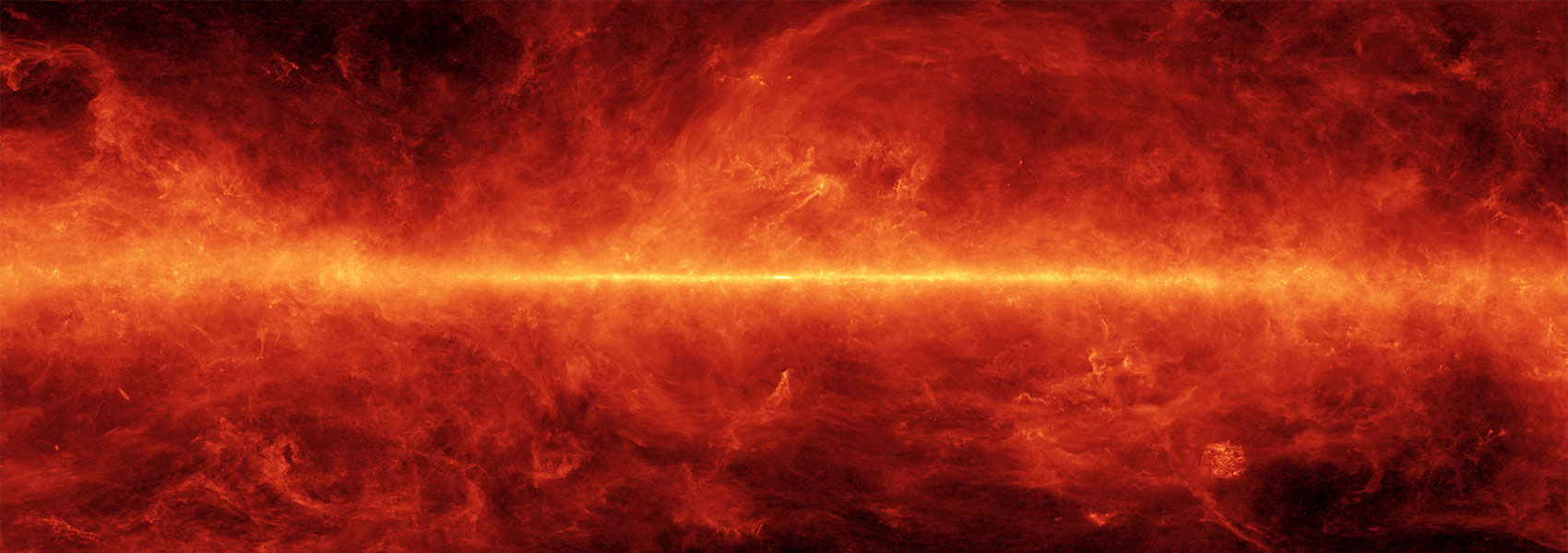November
2017
•
2017AJ....154..194L
Authors
•
Lund, Michael B.
•
Rodriguez, Joseph E.
•
Zhou, George
•
Gaudi, B. Scott
•
Stassun, Keivan G.
•
Johnson, Marshall C.
•
Bieryla, Allyson
•
Oelkers, Ryan J.
•
Stevens, Daniel J.
•
Collins, Karen A.
•
Penev, Kaloyan
•
Quinn, Samuel N.
•
Latham, David W.
•
Villanueva, Steven, Jr.
•
Eastman, Jason D.
•
Kielkopf, John F.
•
Oberst, Thomas E.
•
Jensen, Eric L. N.
•
Cohen, David H.
•
Joner, Michael D.
•
Stephens, Denise C.
•
Relles, Howard
•
Corfini, Giorgio
•
Gregorio, Joao
•
Zambelli, Roberto
•
Esquerdo, Gilbert A.
•
Calkins, Michael L.
•
Berlind, Perry
•
Ciardi, David R.
•
Dressing, Courtney
•
Patel, Rahul
•
Gagnon, Patrick
•
Gonzales, Erica
•
Beatty, Thomas G.
•
Siverd, Robert J.
•
Labadie-Bartz, Jonathan
•
Kuhn, Rudolf B.
•
Colón, Knicole D.
•
James, David
•
Pepper, Joshua
•
Fulton, Benjamin J.
•
McLeod, Kim K.
•
Stockdale, Christopher
•
Calchi Novati, Sebastiano
•
DePoy, D. L.
•
Gould, Andrew
•
Marshall, Jennifer L.
•
Trueblood, Mark
•
Trueblood, Patricia
•
Johnson, John A.
•
Wright, Jason
•
McCrady, Nate
•
Wittenmyer, Robert A.
•
Johnson, Samson A.
•
Sergi, Anthony
•
Wilson, Maurice
•
Sliski, David H.
Abstract
•
We report the discovery of KELT-20b, a hot Jupiter transiting a V∼ 7.6 early A star, HD 185603, with an orbital period of P≃ 3.47 days. Archival and follow-up photometry, Gaia parallax, radial velocities, Doppler tomography, and AO imaging were used to confirm the planetary nature of KELT-20b and characterize the system. From global modeling we infer that KELT-20 is a rapidly rotating (v sin I* ≃ 120 km s-1) A2V star with an effective temperature of Teff= 8730-260+250 K, mass of M* = 1.76-0.20+0.14 M⊙, radius of R* = 1.561-0.064+0.058 R⊙, surface gravity of log g* = 4.292-0.020+0.017, and age of ≲ 600 Myr. The planetary companion has a radius of RP= 1.735-0.075+0.070 RJ, a semimajor axis of a=0.0542-0.0021+0.0014 au, and a linear ephemeris of BJDTDB=2457503.120049± 0.000190 +E(3.4741070± 0.0000019). We place a 3σ upper limit of ∼ 3.5 MJ on the mass of the planet. Doppler tomographic measurements indicate that the planetary orbit normal is well aligned with the projected spin axis of the star (λ =3.4° ± 2.1°). The inclination of the star is constrained to 24.4° < I* < 155.6°, implying a three-dimensional spin-orbit alignment of 1.3° < ψ < 69.8°. KELT-20b receives an insolation flux of ∼ 8× 109 erg s-1 cm-2, implying an equilibrium temperature of of ∼2250 K, assuming zero albedo and complete heat redistribution. Due to the high stellar Teff, KELT-20b also receives an ultraviolet (wavelength d≤ 91.2 nm) insolation flux of ∼ 9.1× 104 erg s-1 cm-2, possibly indicating significant atmospheric ablation. Together with WASP-33, Kepler-13 A, HAT-P-57, KELT-17, and KELT-9, KELT-20 is the sixth A star host of a transiting giant planet, and the third-brightest host (in V) of a transiting planet.
Links






